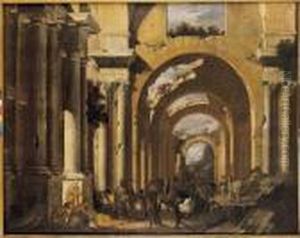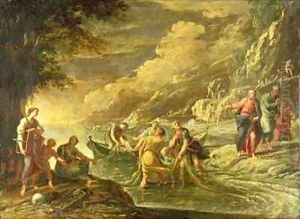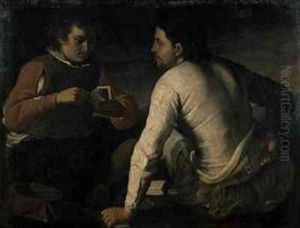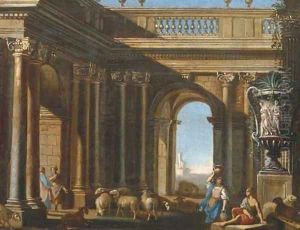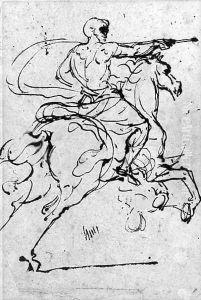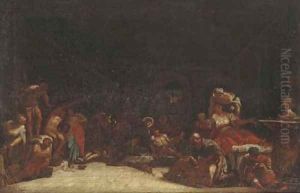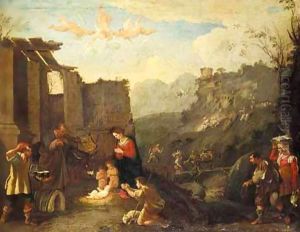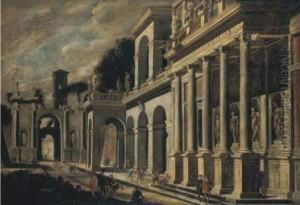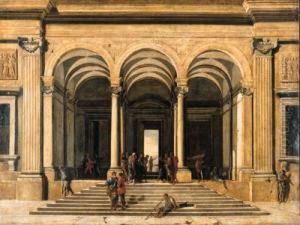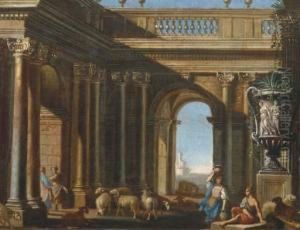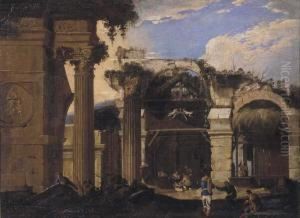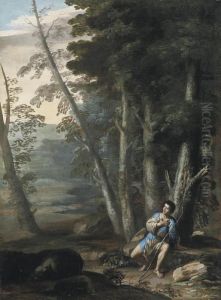Domenico (Micco Spadaro) Gargiulo Paintings
Domenico Gargiulo, commonly known by the nickname Micco Spadaro, was an Italian Baroque painter active primarily in Naples during the 17th century. Born in 1609, his exact birthplace within the Naples region remains somewhat unclear, though it is widely accepted that he grew up in a city so deeply associated with the Baroque movement. Gargiulo is best known for his vivid street scenes, landscapes, and historical paintings which often depicted the daily life and tumultuous events of Naples with a remarkable level of detail and realism.
Micco Spadaro’s artistic journey is somewhat unique in that he did not follow the traditional path of studying under a single master. Instead, his style evolved from the influence of various artists of his time, including the likes of José de Ribera and the vivid, realistic landscapes by Salvator Rosa. His works are characterized by their dynamic compositions, attention to detail, and the ability to capture the essence of Neapolitan life, from its grandest ceremonies to its darkest tragedies, such as the eruptions of Mount Vesuvius or the plague of 1656.
Despite his prolific output, details about Gargiulo’s life are scarce, and much of what is known comes from the study of his works and the few contemporary accounts that mention him. He was deeply involved in the artistic scene of Naples and collaborated with many artists of his time, contributing figures to the landscapes of others and engaging in the vibrant cultural life of the city.
Gargiulo’s legacy is that of a painter who managed to capture the spirit of Neapolitan life during the 17th century with a realism and immediacy that few of his contemporaries could match. His depictions of historical events and everyday life in Naples provide a valuable window into the past, offering insights into the social conditions, landscapes, and urban life of the time. He passed away in 1675, leaving behind a body of work that continues to be studied and admired for its historical significance and artistic merit.
